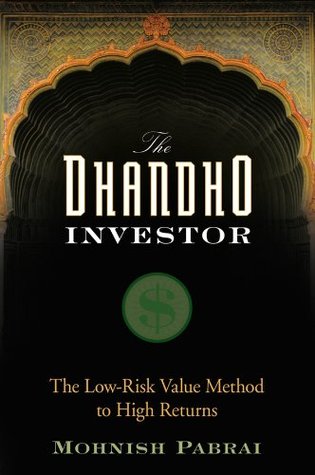More on this book
Community
Kindle Notes & Highlights
Started reading
December 8, 2022
If you went to a horse race track and you were offered 90 percent odds of a 20 times return and a 10 percent chance of losing your money, would you take that bet? Heck Yes! You’d make that bet all day long, and it would make sense to bet a very large portion of your net worth with those spectacular odds.
Classically, his story is all about “Few Bets, Big Bets, Infrequent Bets.” And it’s all about only participating in coin tosses where “Heads, I win; tails, I don’t lose much!”
Mittal’s approach has always been to get a dollar’s worth of assets for far less than a dollar. And then he has applied his secret sauce of getting these monolith mills to run extremely efficiently.
The key to investing is not assessing how much an industry is going to affect society, or how much it will grow, but rather determining the competitive advantage of any given company and, above all, the durability of that advantage. The products and services that have wide, sustainable moats around them are the ones that deliver rewards to investors.5 —Warren Buffett
BET HEAVILY WHEN THE ODDS ARE OVERWHELMINGLY IN YOUR FAVOR.
Every business has an intrinsic value, and it is determined by the same simple formula. John Burr Williams was the first to define it in his The Theory of Investment Value published in 1938.1 Per Williams, the intrinsic value of any business is determined by the cash inflows and outflows—discounted at an appropriate interest rate—that can be expected to occur during the remaining life of the business. The definition is painfully simple.
When we see a huge gap between the price and intrinsic value of a given business—and that gap is in our favor—we can act and buy that business.


